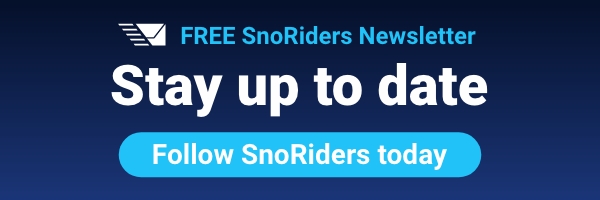As a certified backcountry freeride avalanche safety instructor, Todd Eberts strongly encourages all snowmobile riders to take avalanche safety courses. Eberts trains with his mentor, Niko Weis, who is a professional member of the Canadian Avalanche Association (CAA). According to Eberts, Weis is considered one of the most experienced and innovative avalanche educators in North America.
Weis and Eberts conduct avalanche safety training courses for government, industry, search and rescue, recreation and snowmobile groups in the U.S., Canada and even as far away as India. Avalanche safety training instills a mindset that it’s not if an avalanche will happen, but when, so be prepared.
The Avalanche Skills Training Level 1 (AST 1) course covers four hours in the classroom and two field days and all the basics of avalanche rescue.
“It’s more practical to be in the field in the snow, looking at the terrain than it is in a classroom looking at slideshows,” said Eberts.
Course participants learn how to use beacons, as well as techniques for locating and digging out buried sledders. Also covered is terrain assessment, situational awareness and even understanding where to take a lunch break. The course takes participants beyond the AST 1 curriculum by introducing the basics of snow science. This introduces sledders to information on how snow layers build up, what to look for in an avalanche zone and why the snowpack can be dangerous. AST 1 should be the minimum avalanche training for any snowmobile operator. Certification garners a 10 per cent reduction on snowmobile insurance.

The next level
The AST 2 training course adds significantly to the snow science which gives sledders a solid grounding in reading snow and avalanche potential. Eberts highly recommends the AST 2 course for all backcountry riders, because they travel a wide range of terrain and snow conditions vary quickly.
“We cover so much avalanche terrain at different altitudes so fast that we have to understand the changing snow conditions better than a skier or snowboarder,” said Eberts.
AST 2 training teaches sledders how to read the snow in an avalanche zone. They learn to understand weather patterns and snow history, so they know when it’s safe to cross an avalanche zone or even if it’s safe to power the sled up the middle of a bowl.
With AST 1 and AST 2 certified avalanche safety training, high altitude backcountry sledding will be safer and more enjoyable for everyone.







